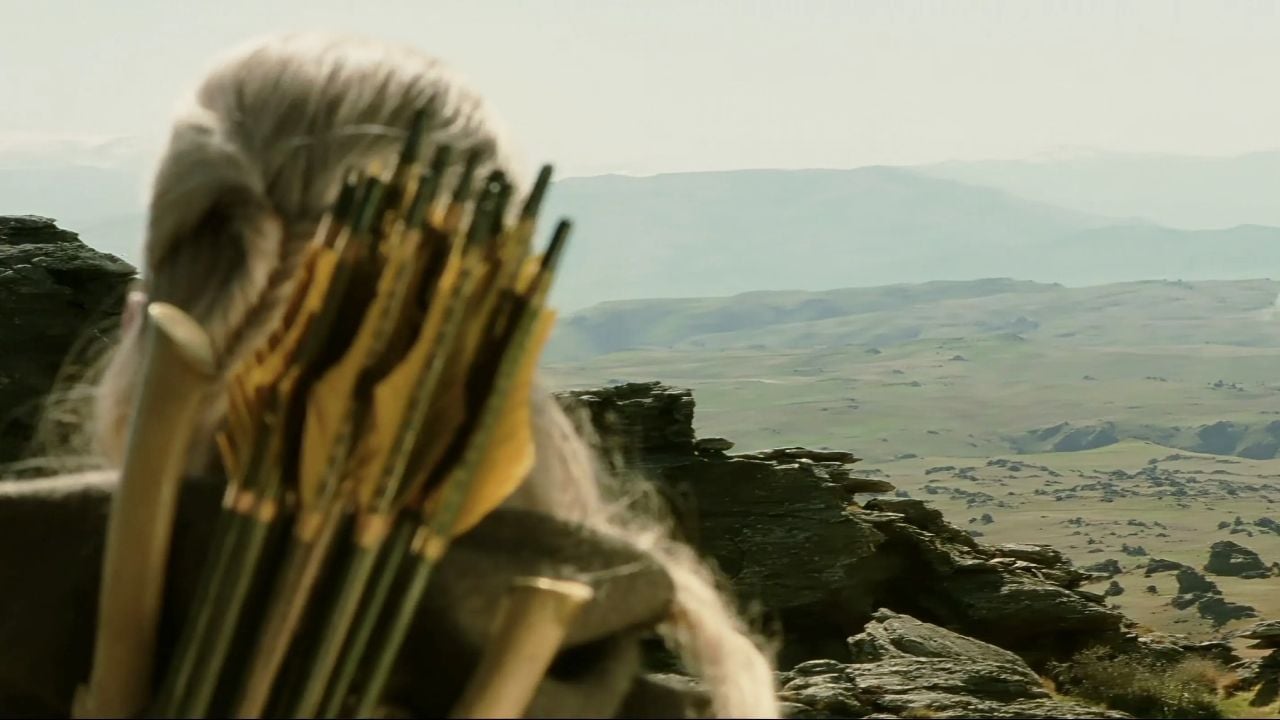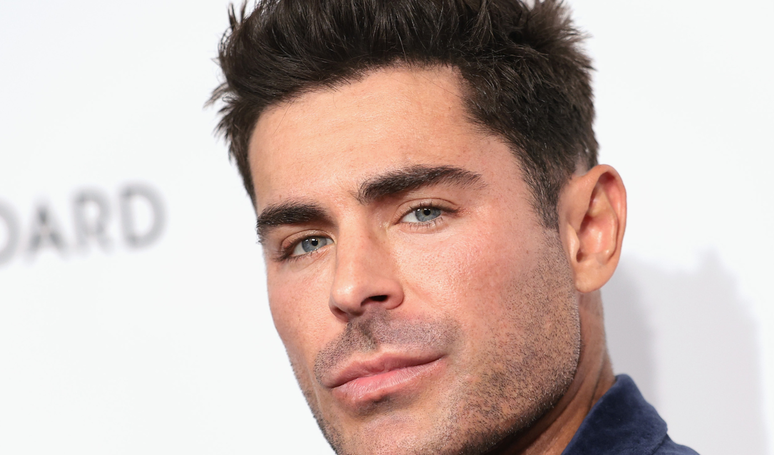In recent years, post-credits scenes have become a constant tool in cinema, becoming an effective strategy for engaging audiences.
Since the last decade, virtually every blockbuster has felt the pressure to include at least one post-credit scene, meeting the expectations of viewers who have become accustomed to remaining in the darkroom until the last second of the screening, eager for a hidden surprise.
Major film franchises have established this practice as a way to prepare audiences for upcoming sequels, but currently the saturation and often forced use of these scenes seems to have diminished their original purpose.
In the midst of this scenario it is worth mentioning some cases where the post-credits scenes were really interesting and well used.
Iconic post-credit scenes from cinema
The post-credits scene of the first “Iron Man” has great historical significance. It marked the beginning of the Marvel Cinematic Universe (MCU), which expanded to include several interconnected films with intertwining characters and stories.
In the scene, Tony Stark (Robert Downey Jr.) returns to his mansion and finds Nick Fury (Samuel L. Jackson) waiting for him. Fury asks Stark if he believes he is the only superhero in the world and mentions the Avengers initiative.

One of Pixar’s most beloved and acclaimed animations, “Finding Nemo” has a very unusual post-credits scene.
In it, a little fish is attracted to the light of a terrifying anglerfish (that fish that has a kind of light bulb hanging from its head). However, it is the smaller fish that ends up devouring the large one in a single bite.

This 1980s John Hughes classic has one of cinema’s most iconic post-credits scenes.
In it, Ferris Bueller (Matthew Broderick) appears in a bathrobe and breaks the fourth wall, telling the audience that the movie is over and everyone should leave.

By poking fun at superhero movies with wry, wry, self-referential humor, “Deadpool” achieved this goal until its 1,000th release.
Cleverly, the film parodies the post-credits scene of “Curtindo a Vida Adoidado” (the one we talked about above) to poke fun at the craze for post-credits scenes in hero films that was taking hold at the time.
The film recreates the entire “Curtindo a Vida Adoidado” scene, with Deadpool in a bathrobe breaking the fourth wall and telling the audience to leave.

This M. Night Shyamalan film surprised everyone with its post-credits scene. Without any warning, “Split” uses its final moment to connect to the universe of “Unbreakable,” Shyamalan’s prestigious feature film released in 2000 with superheroes as its theme.
Using the iconic theme tune from “Unbreakable,” “Split” brings back actor Bruce Willis who revives David Dunn, the protagonist of the 2000 film. Dunn is shown in a bar, watching the news of the character’s capture by James McAvoy, Kevin Wendell Crumb, known for his multiple personalities, including the Beast.
In addition to connecting the two films, this revelation led to the film “Glass” (2019), which serves as the final sequence in this universe.

With two post-credits scenes, the first “Avengers” film was the initial culmination of Marvel’s shared universe.
However, the film’s most surprising post-credits scene is the first, which introduces the MCU’s big bad: Thanos.

Directed by Jim Abrahams and the Zucker brothers, “Buckle Your Seat… The Pilot’s Gone!” It’s a comedy classic. Recognized for its absurd humor, visual jokes, parodies of famous films and clichés, the film is also acclaimed for its jokes and gags that are built throughout the film.
One of the most hilarious jokes of this type is found in the film’s post-credits scene. At this moment, the taxi passenger, left behind by the protagonist at the beginning of the plot, complains that he will give the driver another twenty minutes to return.

Conclusion of the original trilogy of the “Pirates of the Caribbean” saga, “At World’s End” brings an emotional result in the post-credit scene.
The scene takes place 10 years after the final events seen in the film. Elizabeth Swann (Keira Knightley) and her son watch from a cliff as Will Turner (Orlando Bloom) returns aboard the Flying Dutchman.
The moment reveals that the curse of the Flying Dutchman still lingers and Will is playing his role as captain of the ghost ship. However, every 10 years he can return to earth and visit his beloved and his son.
The post The 8 most iconic post-credits scenes in cinema appeared first on Olhar Digital.
Source: Olhar Digital
Rose James is a Gossipify movie and series reviewer known for her in-depth analysis and unique perspective on the latest releases. With a background in film studies, she provides engaging and informative reviews, and keeps readers up to date with industry trends and emerging talents.



![It All Begins Here: What’s in store for Monday 20 October 2025 Episode 1288 [SPOILERS] It All Begins Here: What’s in store for Monday 20 October 2025 Episode 1288 [SPOILERS]](https://fr.web.img4.acsta.net/img/61/5b/615b86ae565677594436e6cf1c0294ba.jpg)


